Milkweed (Asclepiadaceae)
Dwarf Milkweed
Asclepias ovalifolia Decne.Although the strong fragrance of Dwarf Milkweed attracts many insects, only fairly large ones like butterflies and bees are effective pollinators of this plant. When an insect lands on the flower, its leg may get caught in a slit where a sac of pollen hooks on. The insect flies away with the pollen sac trailing behind until it is transferred to another flower. Dwarf Milkweed is also an important food source for monarch butterfly larvae.
Flower Colour:
- White
Flowering Season:
- Summer
Flowering Months:
- July
- June
Canadian Rarity Status:
Not rare. Listed as “sensitive” in Alberta and “may be at risk” in Ontario.
Physical Appearance:
The single erect stem of this perennial plant grows to 60 cm tall. When broken, it releases a milky white sap. Its egg-shaped, opposite leaves are less than 10 cm long, stalked, and have fine hairs underneath. Flowers are about 1 cm tall and arranged into a loose cluster. The five petals are bent downwards and are partially joined at the base. Between these and the stamens are five hooded arches, each with a curved horn. Fruits are pods that have many seeds with silky hairs.
Similar Species:
Showy Milkweed, Swamp Milkweed,
Gardening Notes:
Seeds and/or plants are typically available from greenhouses and seed supply companies specializing in native plants. Planted in gardens, they will attract Monarch butterflies.
Canadian Distribution:
- Alberta
- British Columbia
- Manitoba
- Ontario
- Saskatchewan
Prairie Types:
- Fescue Prairie
- Mixed Grass Prairie
- Tall Grass Prairie
Habitats:
- Parklands
- Prairies
Moisture Conditions:
- Dry
- Moderate
Light Preference:
- Full Sun
- Part Shade
Soil Preference:
- Organic
- Sand






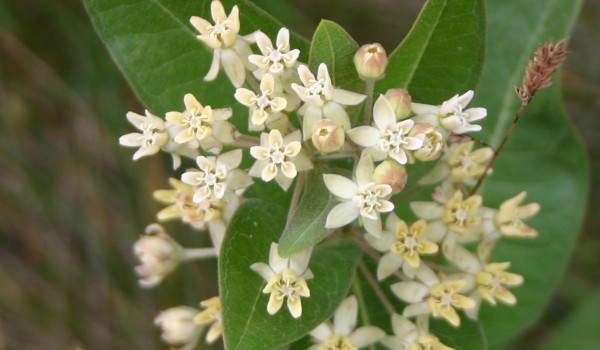
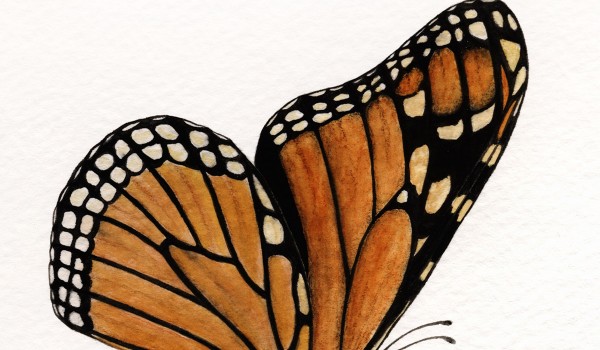
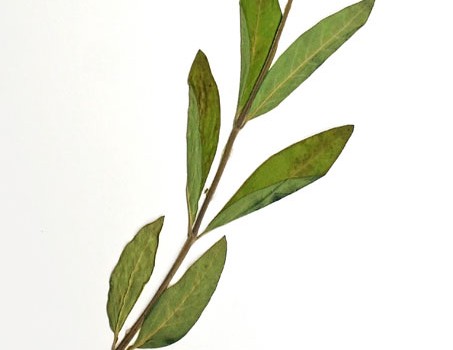
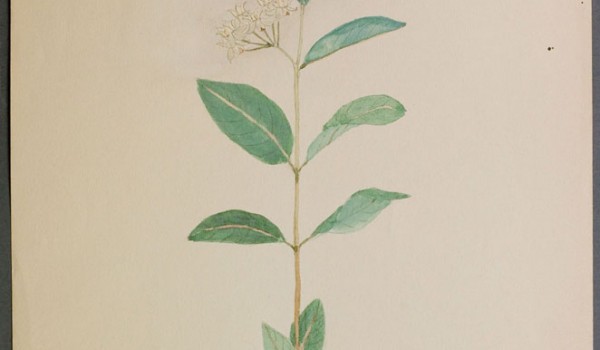
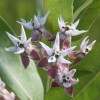 Ants (
Ants (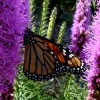 Milkweed Butterflies (
Milkweed Butterflies (